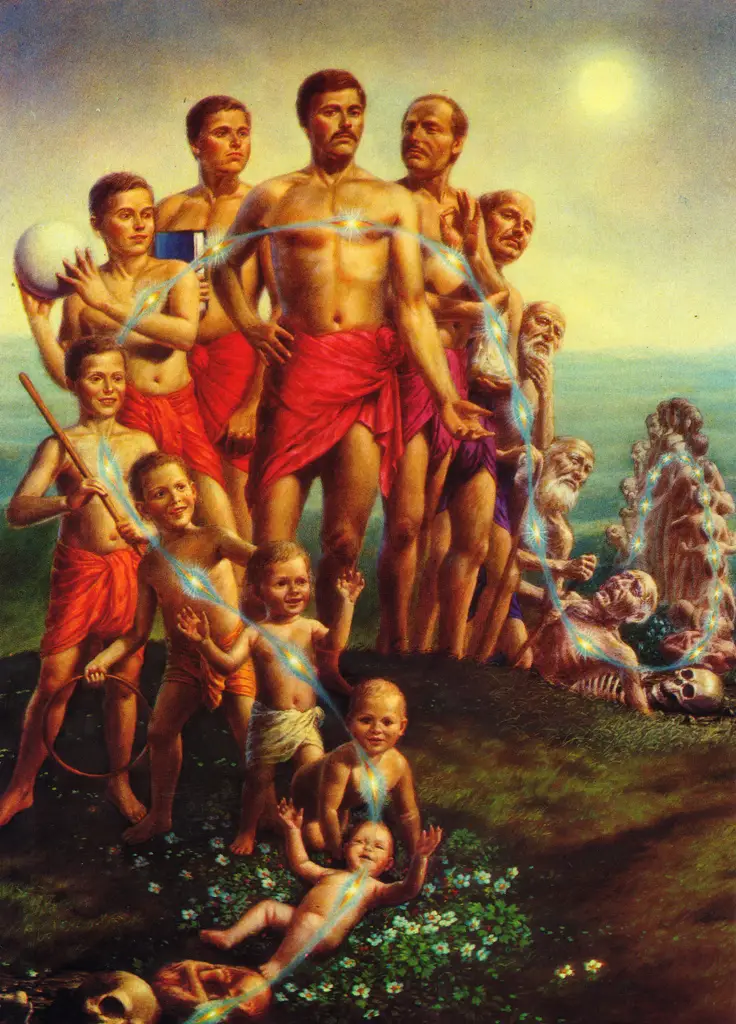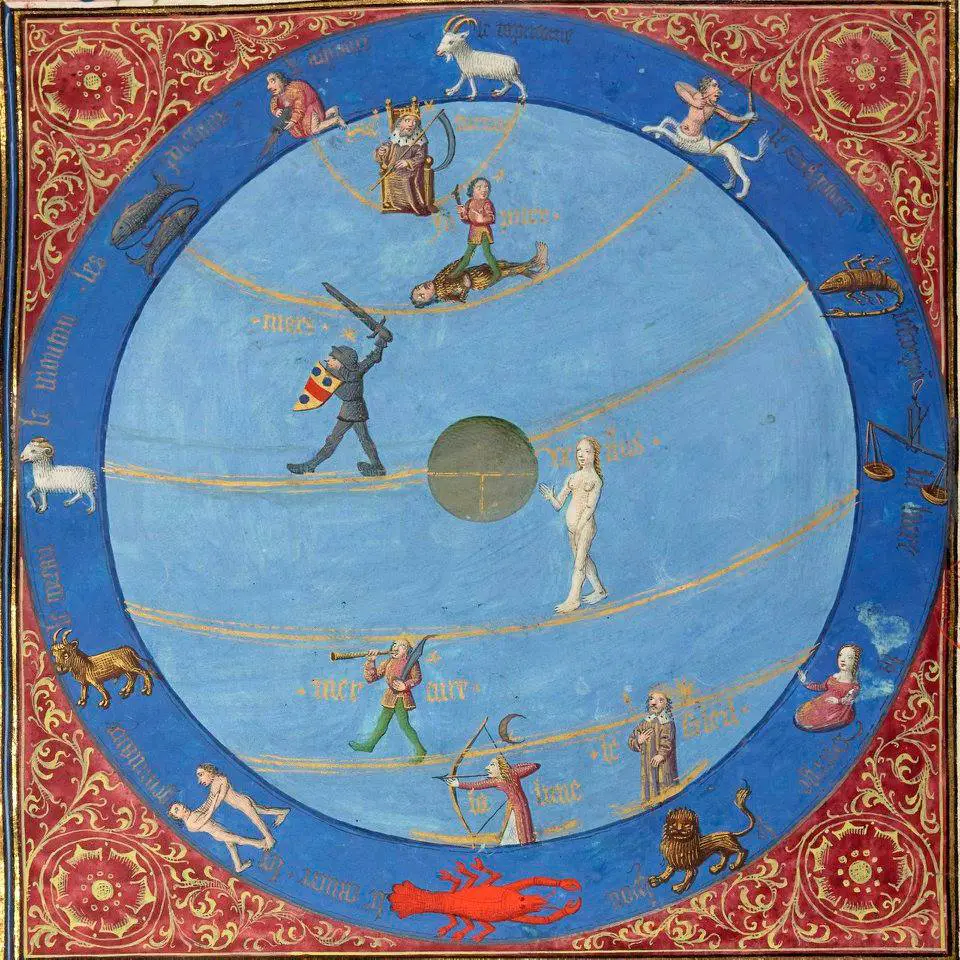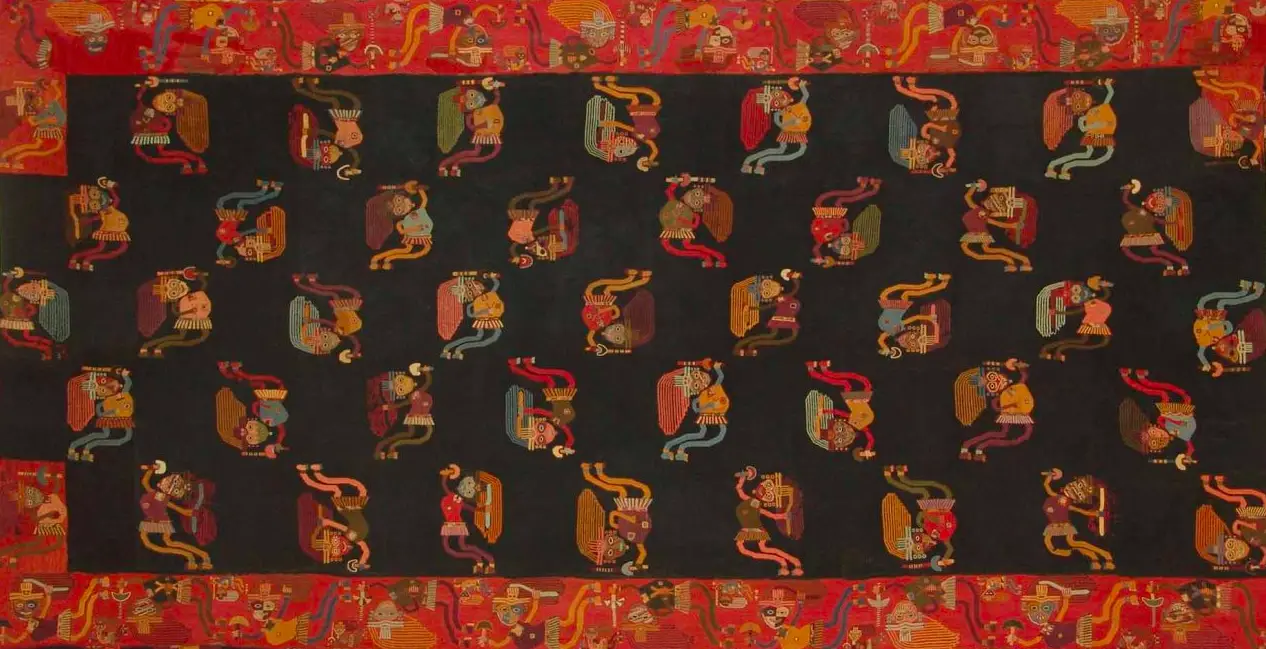Tag: Great Year
Stellar symbolism and solar symbolism
di Andrew Casella
cover: "The zodiac and the planets" by Bartholomeus Anglicus, taken from De proprietatibus rerum, Ahun 1480
[follows from Cyclic time and its mythological meaning: the precession of the equinoxes and the tetramorph e A Science in Tatters: Survival of the Doctrines of Cyclic Time from the Timaeus to the Apocalypse]
To resume the common thread of the images that we introduced in the first two appointments of this cycle, in the light of the previous considerations, it might be useful to quote a passage from Norse mythology.
Pachacuti: cycles of creation and destruction of the world in the Andean tradition
di Marco Maculotti
cover: Paracas culture textiles (coastal Peru)
A central concept in the Andean cosmogonic tradition is the belief in regular cycles of creation and destruction that would initiate and end the various cosmic eras. Time was conceived in a circular way; according to this doctrine, it had only two dimensions: the present (Kay Pasha) which at its end leads to the "ancient time"(Nawpa Pacha), from which we will return again to the present time [Carmona Cruz p.28].
This doctrine, comparable to that of the Indian Yuga and to the Hesiodic one of the ages, is based on a principle of cyclicality that would govern everything in the cosmos and which is called by the Andean tradition pachacuti, literally "a revolution, a procession of space and time". With this term, in the myths, a series of catastrophic events are described that foresee the general destruction of the humanity of the sky and its subsequent replacement with a new humanity - see the myths of origin of Lake Titicaca, in which it is said that Viracocha exterminated a previous race of giants with the flood or with a rain of fire to then create a subsequent humanity, the current one [cf. Viracocha and the myths of the origins: creation of the world, anthropogenesis, foundation myths].



